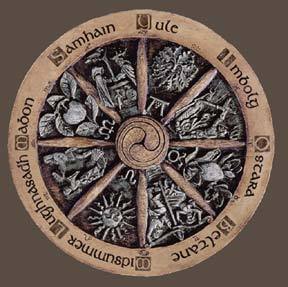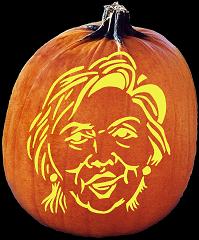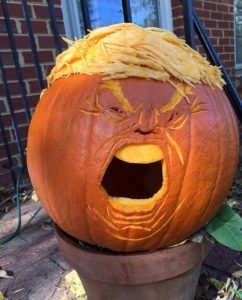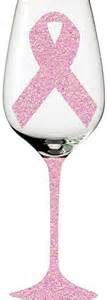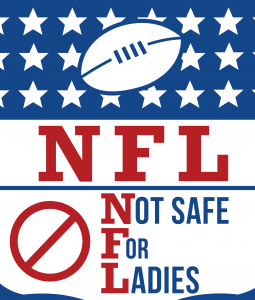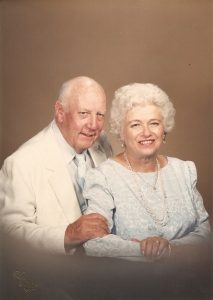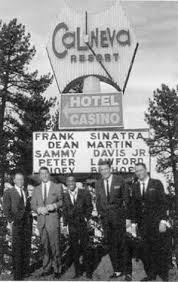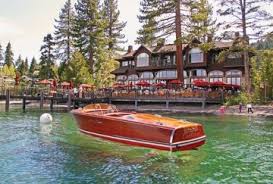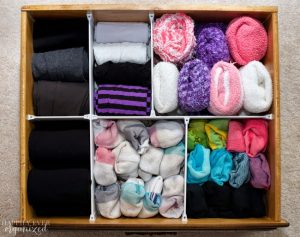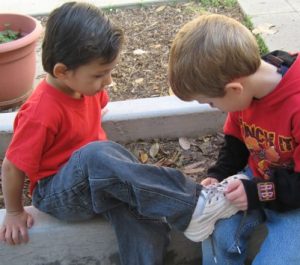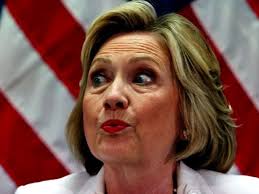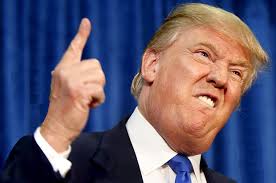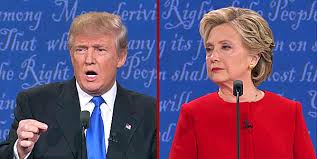By Suzanne Sparrow Watson
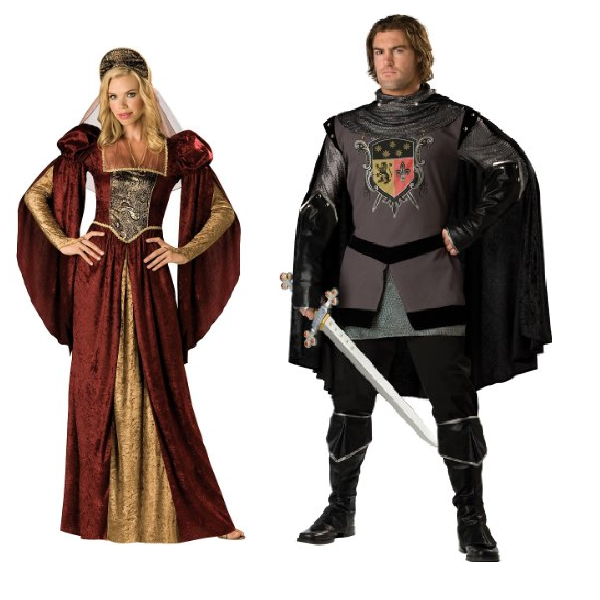 As if we don’t have enough to worry about right now, I’ve discovered whole websites devoted to “Trumpkins” – pumpkins carved out to look like Trump. There are also some of Hillary called “Clinkins” but that doesn’t seem to have the same ring. Frankly, I don’t really know how this whole pumpkin-carving thing started, or even that much about Halloween. My knowledge on the subject is limited to costumes and Snickers bars. Lots of Snickers bars. I’ve been giving Halloween some thought this year because I’ve seen more advertisements for adult costumes and celebrations than ever before. My assumption was that millennials have popularized the holiday by coming out of their parents’ basements to party with others of their generation. That young adults have discarded their pajama bottoms in favor of dressing up as Steve Jobs or a Game of Thrones character, and in the process, have stolen Halloween from the kids. As usual, my assumptions were all wrong. So I quit looking at all of the Trumpkins on the internet and did a little research. Turns out that Halloween started as an adult celebration and was then highjacked by kids. Specifically, the Baby Boomers. Yes, yet another thing we can chalk up to our overwhelming numbers and our parents desire to make us happy. But let me start at the beginning.
As if we don’t have enough to worry about right now, I’ve discovered whole websites devoted to “Trumpkins” – pumpkins carved out to look like Trump. There are also some of Hillary called “Clinkins” but that doesn’t seem to have the same ring. Frankly, I don’t really know how this whole pumpkin-carving thing started, or even that much about Halloween. My knowledge on the subject is limited to costumes and Snickers bars. Lots of Snickers bars. I’ve been giving Halloween some thought this year because I’ve seen more advertisements for adult costumes and celebrations than ever before. My assumption was that millennials have popularized the holiday by coming out of their parents’ basements to party with others of their generation. That young adults have discarded their pajama bottoms in favor of dressing up as Steve Jobs or a Game of Thrones character, and in the process, have stolen Halloween from the kids. As usual, my assumptions were all wrong. So I quit looking at all of the Trumpkins on the internet and did a little research. Turns out that Halloween started as an adult celebration and was then highjacked by kids. Specifically, the Baby Boomers. Yes, yet another thing we can chalk up to our overwhelming numbers and our parents desire to make us happy. But let me start at the beginning.
Halloween is thought to have originated with the ancient Celtic festival of Samhain, a celebration that took place on November 1, which was the Celtic new year. People would light bonfires and wear costumes to ward off roaming ghosts. And, knowing my Celtic ancestors, I’m guessing that quite a few of the celebrants were lit too. By 43 A. D. the Romans had conquered most of the Celtic territory and thus brought their own religious and cultural celebrations to the region, which resulted in a whole lot of observances – Feast Days, All Martyrs Days, All Saint’s Days, Days to Honor the Dead. You get the idea. In the eighth century Pope Gregory III, no doubt exhausted from having to oversee so many observances, consolidated the traditional Celtic and Roman holidays to one single day – November 1, known as All Saints Day. Pope Gregory III knew how to cut through bureaucracy – we could use him around today. In any event, the night before became All Hallows Eve, eventually shortened to Halloween.
Fast forward a few hundred years when Halloween came to America. It was not a holiday celebrated by the stuffy, dour New England Protestants (again, our ancestors so I can say that) but caught on with newer immigrants to the southern colonies. The first celebrations included “play parties,” public events held to celebrate the harvest, where neighbors would share stories of the dead, tell each other’s fortunes, dance and sing. Colonial Halloween festivities also featured the telling of ghost stories and mischief-making of all kinds. Sounds like they really knew how to par-tay. In the second half of the 19th century, with the huge influx of immigrants from Ireland, Halloween was introduced to virtually every region of the U.S. Americans began to dress up in costumes and go house to house asking for food or money, a practice that eventually became today’s “trick-or-treat” tradition. And thus the tradition continued as a community celebration, primarily for adults, until the latter part of the twentieth century. In the 1950’s, with so many adorable children bursting on the scene, Halloween was given over to children, with the focus on children’s events at school and calculated forays into neighborhoods where they gave out good (e.g. chocolate) vs. bad (suckers) candy.
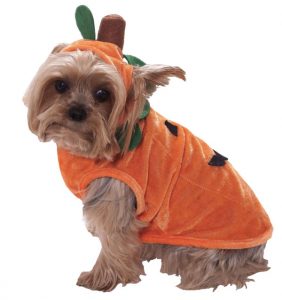 So, why are we seeing such an uptick in adult Halloween celebrations? There are lots of theories and not a lot of definitive answers. I think it’s mostly because people like to have fun and dressing up on Halloween and partying with friends is a good way to forget that your boss is a jerk and your mother-in-law is coming for Thanksgiving. Whatever the reason, according to Forbes, Americans now spend $7 BILLION on decorations, costumes, cards, candy and pets. Yes, pets. We spend $1.22B on adult costumes, $1.04B on children’s costumes, and more than $370M on doodads for our dogs and cats. I found that hard to believe but then a quick Google search convinced me that this pet-dressing phenomenon is quite real. While many of the pictures made me smile (there are definitely pet owners who are spending too much time on Pinterest) I noticed that none of the pets looked too happy garbed up as a fairy princess or bumble bee. Offhand I’d say that we’d be much better off donating that $370M to animal shelters. But then again sometimes I’m just a buzzkill.
So, why are we seeing such an uptick in adult Halloween celebrations? There are lots of theories and not a lot of definitive answers. I think it’s mostly because people like to have fun and dressing up on Halloween and partying with friends is a good way to forget that your boss is a jerk and your mother-in-law is coming for Thanksgiving. Whatever the reason, according to Forbes, Americans now spend $7 BILLION on decorations, costumes, cards, candy and pets. Yes, pets. We spend $1.22B on adult costumes, $1.04B on children’s costumes, and more than $370M on doodads for our dogs and cats. I found that hard to believe but then a quick Google search convinced me that this pet-dressing phenomenon is quite real. While many of the pictures made me smile (there are definitely pet owners who are spending too much time on Pinterest) I noticed that none of the pets looked too happy garbed up as a fairy princess or bumble bee. Offhand I’d say that we’d be much better off donating that $370M to animal shelters. But then again sometimes I’m just a buzzkill.
Speaking of which, my brother found an interesting article about the sale of Presidential candidate costumes in an election year. Turns out that dating back to Richard Nixon’s presidential run, the candidate’s whose Halloween mask sells the most is far more likely to win the election. This year, the Trump mask is outselling the Clinton mask by 7%. I’m not sure that’s really indicative of this year’s election. I suspect the sales numbers reflect the fact that it’s just more fun to wear a clump of orange hair than a boxy pantsuit.
